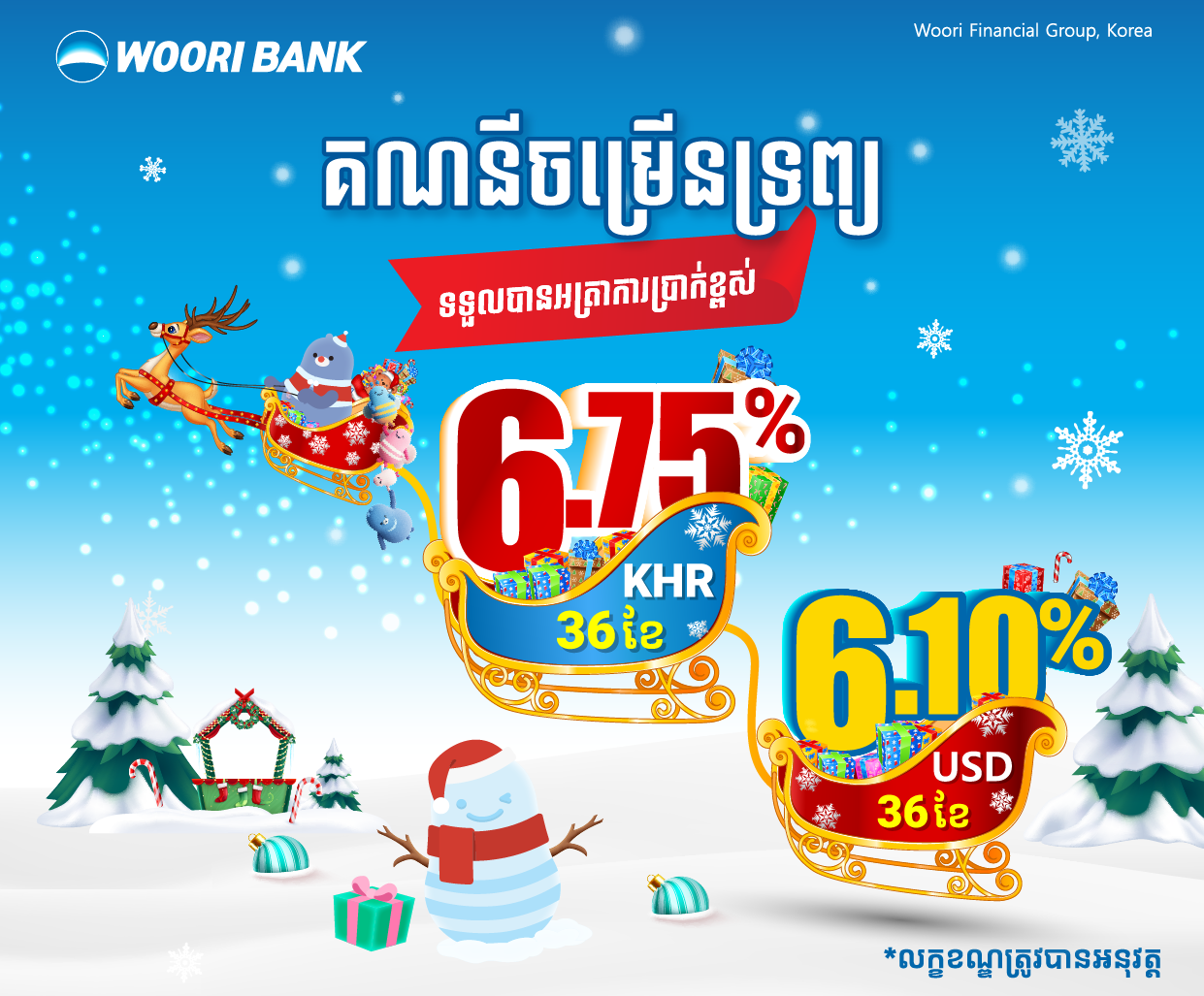
A combination photo of artists Kem Keosocheat (left) and Lars Breuer at their Meta House exhibition on August 8. Heng Chivoan
Cambodian artist Kem Keosocheat has collaborated with German artist Lars Breuer to examine the typography of their two languages for their In Collaboration exhibition at Phnom Penh’s Meta House.
Now running, the In Collaboration: Lars Breuer (Germany) and Koem Keosocheat (Cambodia) exhibition is set to close on August 28.
Breuer typically works with large, text-based installations that draw on references to art history and literature, while aesthetically suggesting a dialogue between architecture, design and fine arts.
For this, his first project in Southeast Asia, the artist will work with local typography in combination with phrases in German.
Rendered in stark black and white, and with a parallel, horizontal dynamic across the walls of the art spaces, a rhythmic and dynamic relationship is claimed for both linguistic forms.
“They are both translated into the other language and combined so that you cannot read them properly anymore. Khmer becomes German, and German becomes Khmer. In this way, the two languages build a new abstract pattern as a whole.
“I am working on a painting nine metres across that covers one wall completely. The text-based work uses Khmer and German. My first challenging task was to work on a design for a Khmer typography,” Breuer told The Post.
Keosocheat said she was excited to work with the German artist for the exhibition at Meta House as collaborations represented opportunities to build relationships, as well as share cultures and civilisations that existed in the past and were continuing in the present.
The Kampot province native works with oil or watercolour, pen or pencil, textiles and natural materials, and she displayed a dress with added layers of detail in repeating patterns at the Srey 2021 exhibition.
With the dress like a painted canvas, the woman’s body becoming the frame used to display the picture when it is worn, Keosocheat said of the work.
The Srey 2021 exhibition at Meta House highlighted the long-term vision of women from starting small to achieve big goals in life.
Keosocheat, a graduate of the Royal University of Fine Arts, told The Post: “The exchange with Breuer is an opportunity for integration, as well as the promotion of artistic talent, design and literature.
“At some point we can say that our art is similar because we stand on a culture of sharing as well as a reflection of the same vision.”
Breuer said that when he made his original plans for an exhibition project in Phnom Penh, he had the idea of combining his art with a local perspective, with it a wonderful opportunity for an exchange with a local artist.
He said Meta House had proposed Keosocheat, and the collaboration had started weeks ago when they worked on invitation cards combining her handwritten text with his hard-edged typography.
“It is very generous that Socheat decided to work on a text-based painting for our common exhibition. She made a very nice proposal and I am very much looking forward to the exhibition,” Breuer said.
With Breuer’s interest in text-based art, he is working with a self-designed typography.
“My exhibition at Meta House is the only one I am doing in Cambodia this time. But I am already working on new plans for a cooperation and exchange project between Cambodia and Germany. It would be wonderful to come back to the Kingdom soon,” he said.
With the Nikakhit piece on a 100x200cm canvas, Keosocheat said the black and white painting was not just for ordinary viewing, but an opportunity to learn about culture and civilisation and evolution over time.
The word nikakhit, which comes from the Pali language, is the name of an identifier with a zero form like “0”, she said. It is a particle and a suffix to begin to reconcile from one object to another as a result of the action.
“Like ancestors creating art and religion, literature and architecture, which embodies a great deal of multiculturalism to respect and study, leads to the creation of new things,” Keosocheat said.
Nicolaus Mesterharm, the founder of the Cambodian-German cultural centre, said that while Meta House has promoted exchanges between Cambodian and German artists for more than 15 years, for two years during Covid-19 these were not possible.
Covid-19 affected the art scene on a global level – with galleries closed, many artists lost income, and unable to travel, they could not share their ideas with the world, he said.
Mesterharm said Breuer was one of the first German artists to exhibit at Meta House after the pandemic.
“We are relieved that travelling and working abroad is possible again. The mobility of artists and cultural professionals is essential for a variety of reasons.
“These include accessing new career opportunities, audiences and markets, creating jobs in the cultural and creative sectors, promoting cultural diversity and intercultural dialogue, and networking and building partnerships,” Mesterharm said.
Mesterharm said Breuer had wanted to find a Cambodian counterpart to exhibit with from the early planning stages, and they were very pleased that emerging female artist Keosocheat agreed to join the project.
The In Collaboration: Lars Breuer (Germany) and Kem Keosocheat (Cambodia) exhibition will run for 20 days, from August 9-28.















